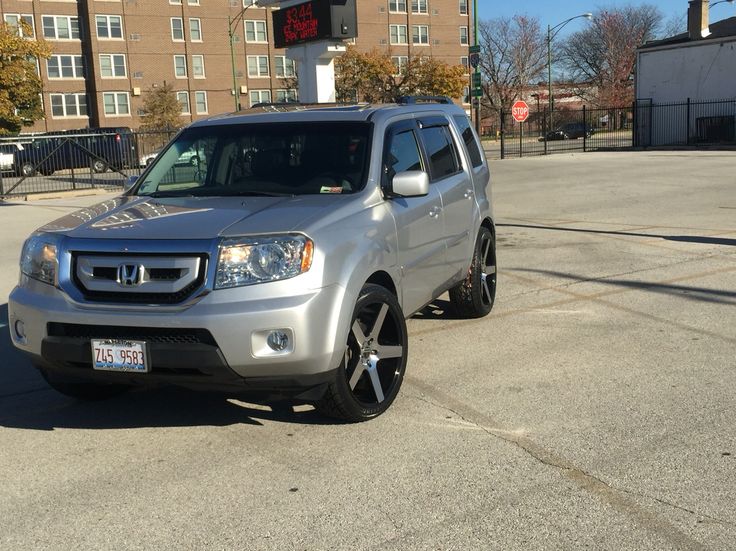The recommended tire pressure for a Honda Pilot is 35 pounds per square inch (PSI) in its front and rear tires.
Maintaining your vehicle’s tire pressure is a vital part of staying safe on the road. If your tire pressure dips below a certain threshold, you will risk a blowout, which is both dangerous and may lead to some costly repairs.
Jerry
, the
car insurance
expert and
trusted comparison tool
, has all the info on the recommended tire pressure for your vehicle. We’ll walk you through how to check your tire pressure, how to know if your vehicle needs new tires, and we’ll even show you some ways to save on your
Honda Pilot car insurance costs
!
Compare insurance quotes from 50+ carriers with Jerry in under 45 seconds
ZIP Code
ZIP Code
Find Savings!
Find Savings!
4. 7/5 App Store Rating. Trusted by 2+ Million Customers.
What is the right tire pressure for a Honda Pilot?
The recommended tire pressure for most Honda Pilots is 35 PSI for its front and rear tires. However, if you have an older Pilot, the recommended tire pressure may be 32 PSI for both front and rear tires.
To verify the tire pressure your vehicle requires, consult your owner’s manual or look inside your driver’s side door. There should be an exact tire pressure measurement printed there.
Tire pressure recommendations for other Honda vehicles
Vehicle | Front tire pressure | Rear tire pressure |
|---|---|---|
2022 Honda Accord | 32 PSI | 32 PSI |
2022 Honda CR-V | 32 PSI | 30 PSI |
[2022 Honda Fit | 33 PSI | 33 PSI |
2022 Honda Odyssey | 35 PSI | 35 PSI |
2022 Honda Pilot | 32 PSI | 32 PSI |
How to check Honda Pilot tire pressure
All new Honda Pilot models come equipped with Tire Pressure Monitoring System (TPMS), which continuously checks tire pressure and alerts the driver when it dips below an acceptable level.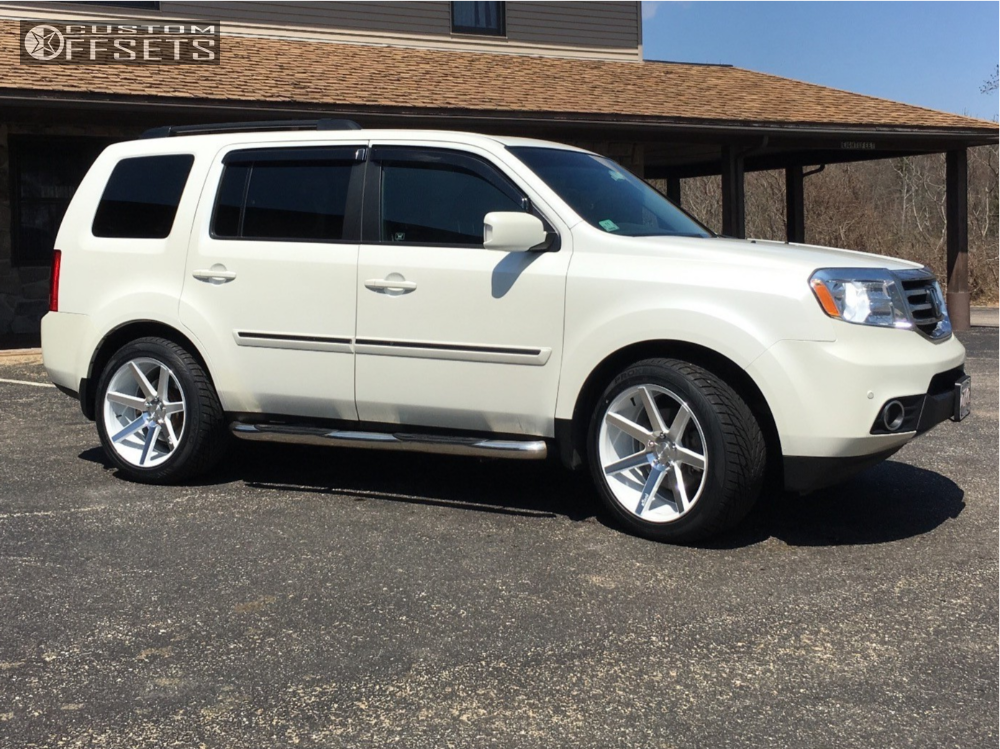 The tire pressure for each tire will be displayed on the Driver Information Interface (DII), and the TPMS will send a warning notification to your dashboard when it’s time to inflate your tires.
The tire pressure for each tire will be displayed on the Driver Information Interface (DII), and the TPMS will send a warning notification to your dashboard when it’s time to inflate your tires.
That’s all well and good if you have a newer Pilot, but what if you’re cruising around with an older model? Don’t worry, there are some quick and easy ways to check your Pilot’s tire pressure without the snazzy new technology!
To check each of your Pilot’s tire pressure, simply remove the tire’s valve stem caps, put a tire pressure gauge into the valve stem, and press down. You will receive an immediate PSI reading.
You can also usually tell by feel if your Pilot needs more air to its tires. For example, if your Pilot pulls to a certain side while driving, that usually means that a tire on that side is low on air pressure. You also may experience poor ride quality and decreased responsiveness. When in doubt, it’s always best to check your tire pressure!
How often should you check tire pressure?
It’s recommended that you check your vehicle’s tire pressure about once a month.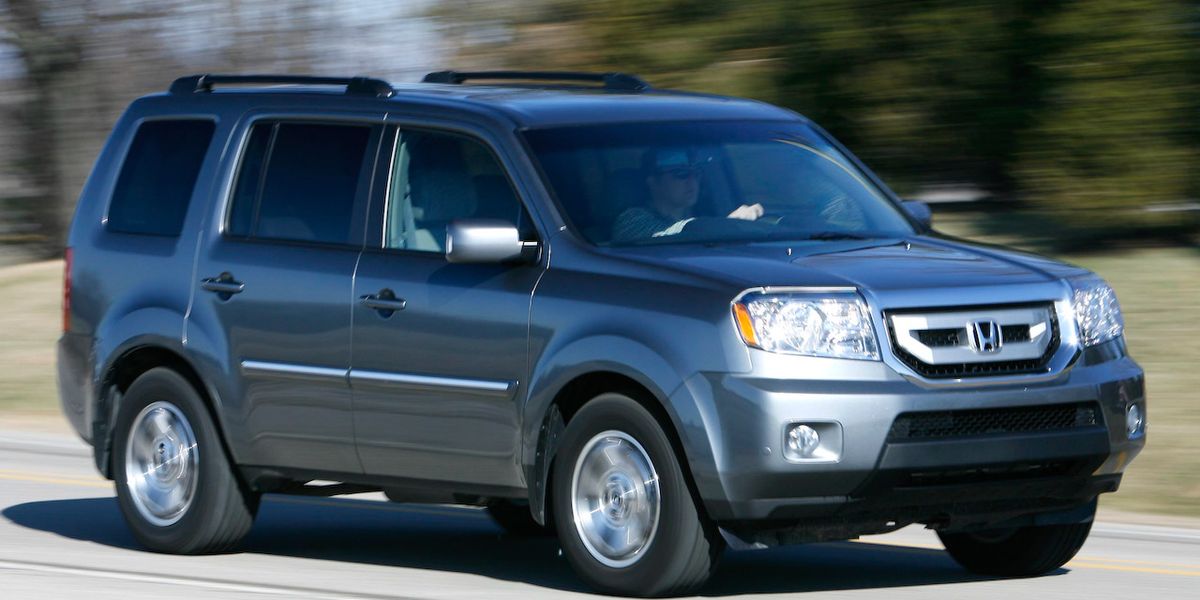
How to tell if your Honda Pilot needs new tires
As tires age, they eventually lose the ability to hold air properly and will need to be replaced. How do you know when it’s time to let those old tires go?
As a general rule of thumb, you should get new tires once yours are more than six years old. But don’t just wait six years to take action—if you notice low tread depth or odd cracks and bulges in your tires, these are signs that they need to be replaced.
No spam · No long forms · No fees
Find insurance savings (100% Free)
How to reset the Honda Pilot Tire Pressure Monitoring System (TPMS) light
If your Honda Pilot’s TPMS light remains on even after you’ve refilled the air in your tires, you may need to
reset your TPMS
. Here’s how to do that:
If your Pilot has a touchscreen display:
Select “Settings” from the home screen
Select “Vehicle”
Select “TPMS Calibration”
Select “Calibrate”
If your Pilot doesn’t have a touchscreen display:
Use the steering wheel buttons and scroll to the “Settings” screen
Select “TPMS Calibration”
Select “Calibrate”
If the TPMS warning light remains on after calibration or if it flashes, it may mean that the system is malfunctioning. A wheel or tire may have been replaced incorrectly—and you should stop by a trusted mechanic to diagnose and fix the issue.
A wheel or tire may have been replaced incorrectly—and you should stop by a trusted mechanic to diagnose and fix the issue.
How to save on Honda Pilot insurance
Maintaining your vehicle’s recommended tire pressure will help you save money in the long run by maximizing fuel efficiency and reducing your risk of being involved in a collision. Another way to save money on car-related expenses is by using
Jerry
to reduce your
Honda insurance costs
. Here’s how it works:
Download the Jerry app or go to getjerry.com. In less than 45 seconds, Jerry collects all of your information from your existing insurer. Choose from competitive quotes from top insurance companies and Jerry takes care of the rest—including securing your new policy and helping you cancel your old one upon request.
No long forms. No calling around. No hard work. Just savings.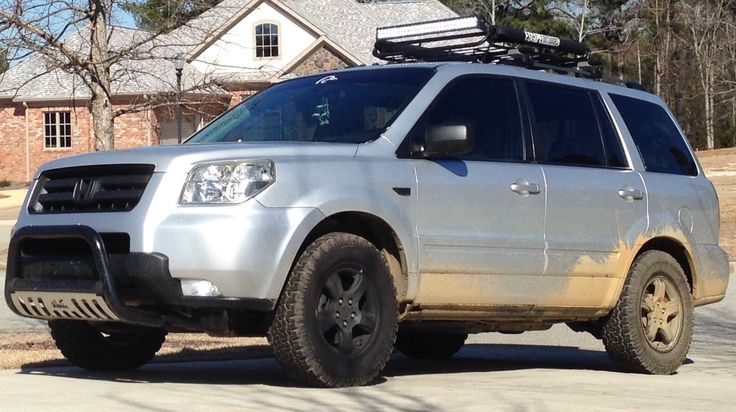 The average Jerry user saves over $800 a year on car insurance!
The average Jerry user saves over $800 a year on car insurance!
“This app is all about savings!
Jerry
just saved me $193/month on my car insurance. They literally found me the cheapest policies out there and with better coverage! Seriously, just sit back and watch Jerry work its magic.” —Rachel B.
RECOMMENDED
This app is great, but the customer service is even better! Not to mention convenient! My husband and I got the lowest rate (much lower than the rates I was finding online through my own searches), quickly, and pretty much all through text message! Thank you so much for a hassle free experience👍
Gabriella R.
Find insurance savings (100% Free)
4.7/5 Rating on App Store
 com
comThere are a few different factors that go into what the right air pressure is for 2016 pilot tires. The first is the type of tire that is being used. There are different air pressure requirements for different types of tires. The second is the weight of the vehicle. The heavier the vehicle, the higher the air pressure should be. The third is the terrain that the vehicle will be driven on. If the vehicle will be driven on rough terrain, the air pressure should be higher. The fourth is the weather conditions. If the weather is hot, the air pressure should be higher.
To ensure proper tire inflation pressure, keep a close eye on the inflation pressures of the 2016 Honda Pilot tires. Tires with low tire pressure or inadequate pressure can cause inordinate and erratic tire wear, poor handling, and lower fuel economy. If the tire pressure is too high or the tires are too filled, it can result in poor traction, slow down, and even cause a tire blow-out.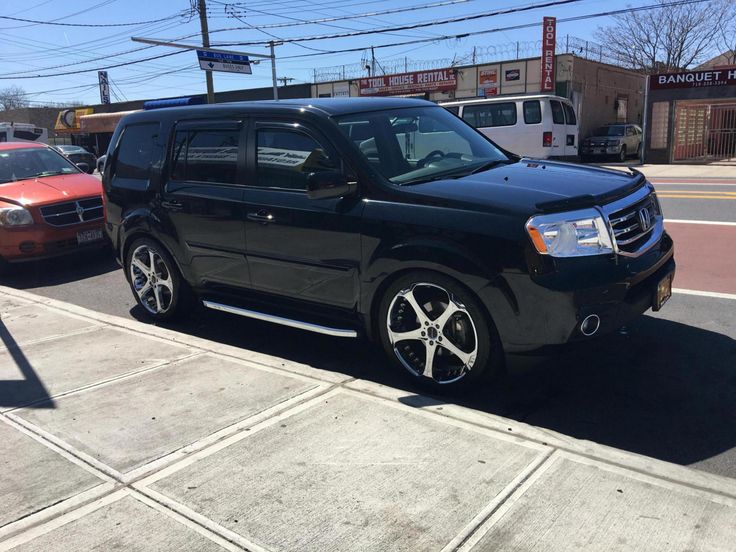 If the tires are cold and have not been driven for at least three hours, the inflation should be checked. The 2016 Honda Pilot should include tire pressure monitoring systems (TPMS) that use tire pressure sensors to warn the driver when the tire pressure drops below the recommended level. It is never too late to check that the tire has never exceeded the pressure threshold.
If the tires are cold and have not been driven for at least three hours, the inflation should be checked. The 2016 Honda Pilot should include tire pressure monitoring systems (TPMS) that use tire pressure sensors to warn the driver when the tire pressure drops below the recommended level. It is never too late to check that the tire has never exceeded the pressure threshold.
In Honda sedans, such as the Accord and Civic, a PSI of 32 is required. Tires in Honda SUVs, such as the Honda Pilot or Passport, should be 35 percent larger than those in conventional vehicles.
It is your responsibility to provide Honda Motor America with your personal information, and you will agree to share it with the company if you do so. This field must be set to validate in order to be successful. This field should be left unchanged because it is being used to validate. This field is to be used as a validation tool; it should be left as it is. This field should be left as is as validation for the purposes of the validation. It is critical to keep this field in place for validation purposes. This field is used to validate an entry and should not be altered. Validation is the only purpose for which this field is required.
This field should be left as is as validation for the purposes of the validation. It is critical to keep this field in place for validation purposes. This field is used to validate an entry and should not be altered. Validation is the only purpose for which this field is required.
When replacing your old tires, check the pressure with the manufacturer’s instructions. A tire’s sidewall should be labeled with your car’s recommended pressure, and a sticker with this information should be attached to the doorjamb. The recommended pressure for your tires is 30 to 32 PSI. Low-pressure tires can have a negative impact on handling, fuel economy, and premature wear. Tires that are inflated too high in this manner can cause premature tire wear and excessive noise. When purchasing a new tire, make sure it is at or near the recommended pressure range. Premature tires can cause your car to perform poorly, reduce fuel economy, and wear out faster. If your tires are inflated too much, your car may experience excessive noise and premature tire wear.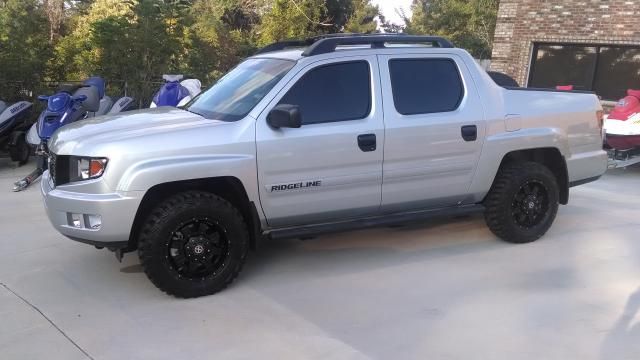
It is suitable for passenger cars or sports cars with a 40 psi or higher pressure level. Despite this, the recommended pressure for small cars is 35 psi, while the recommended pressure for large trucks is 40 psi. The recommended tread pressure range for famous sports car and passenger car tires is 32 to 40 psi.
The recommended tread depth for sports car tires and passenger car tires is 32 to 40 inches. It is normal for warm tires to exceed the recommended cold tire pressure by 4-6 psi. Although I believe 45 psu is technically adequate, I believe 35 psu is ideal because the tires will be subjected to rougher riding with more air in them. In the case of sidewalls, the maximum safe pressure listed is 44psi per square inch. As a result, the tire can travel up to 1477 miles without spilling anything. The device can be inflated to 300 kPa (Kilopascal) or 50 PSI and is safe to use.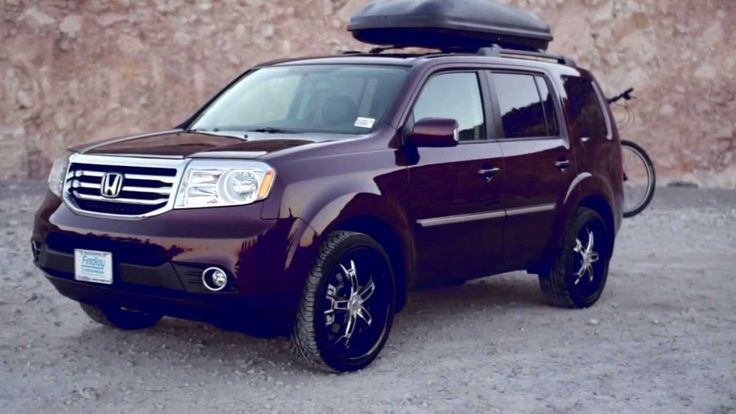 In general, high pressure is not dangerous as long as you keep inflation under control.
In general, high pressure is not dangerous as long as you keep inflation under control.
Modern tires typically have an inflation pressure range of 44 to 51 psiz. It won’t necessarily cause any damage to a tire if a driver inadvertently pushes too much air in, but it will have an impact on other parts of the vehicle. Tires in a car typically have a higher pressure in the front than in the back to compensate for the additional weight of the engine and transmission. The safety of a tire cannot be guaranteed, but overinflating a tire is especially dangerous during the winter months. The snow, ice, salt, and sand that accumulates on roads that are normally clear can reduce grip. The lower the tire pressure, the softer it becomes, which makes the ride smoother. Some people believe that suspension is excessive; they use this technique.
When the tires on most passenger cars are cold, 32 psi is recommended. As the tires roll along the road, friction between them and the road heats up the road. The temperature and air pressure in the vehicle will rise as a result of the increase in temperature and pressure; this is the gauge that is used to ensure the vehicle is in compliance with safety regulations.
The temperature and air pressure in the vehicle will rise as a result of the increase in temperature and pressure; this is the gauge that is used to ensure the vehicle is in compliance with safety regulations.
The water pressure in your home should not be higher than 40 to 60 psi, as this will cause significant damage to your pipes, faucets, and appliances. If you are unsure of how much pressure your house’s plumbing is using, err on the side of caution and reduce it to 60 PSI or less.
If 35 psi is recommended and the maximum safe pressure listed on your sidewall is 44 psi, you can use tires with tires with tires with tires with tires with tires with tires with tires with tires with tires with tires with tires with tires with tires The engine can reach a maximum pressure of 44 psi. You will have a more difficult time, but you will not increase your chances of blowing up. In addition to sharper cornering, you may notice a significant increase in fuel economy.
Some vehicles can operate under this pressure level if they meet the specifications. This level may also be too high or too low for some other tires. In hot weather, the car’s pressure will rise, and the tires will expand. The tire may shrink in cold weather, resulting in reduced air flow. When traveling in a vehicle with a pressure differential of 20 or greater, there is no safe way to do so. Too much air in the tire reduces traction and causes excessive wear, particularly at the communication bridge. Too much pressure on a tire, combined with long travel, can result in a fiery explosion if it is inflated too much.
All manufacturers recommend checking the tension before starting a vehicle. Nonetheless, tension can vary due to a variety of factors, so it is critical to pay attention to yours on a regular basis. When inflating your tires, make sure that they are not too inflated or too poorly inflated.
You should try to keep your tires under their recommended pressure in order to avoid damage.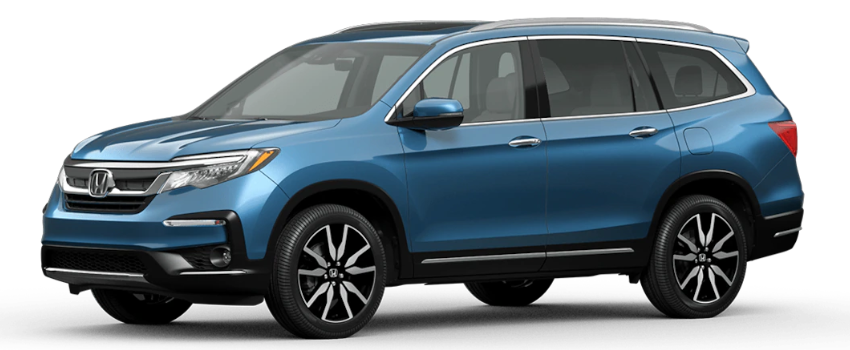 Before driving, use a trusted gauge to find out if your tire’s PSI is at the proper level.
Before driving, use a trusted gauge to find out if your tire’s PSI is at the proper level.
Honda Pilot tires should be inflated to 35 psi for the front tires and 32 psi for the rear tires.
The tire pressure should be 312 to 354 psi for Honda Pilot models from 2005 to 2022. The Honda Pilot is available in seven trim levels and six different tire sizes, all of which are original equipment. The tire pressure chart for the Honda Pilot can be found in the model year section, model trim section, or original equipment tire section. The recommended tire pressure for the 2012 Honda Pilot is 31 to 35 psi for front tires and 33 to 35 psi for rear tires. The recommended tire inflation for Honda Pilot EX-L front and rear tires is 32 to 35psi, respectively. The tire sizes for the original equipment Honda Pilot trim and the inflation pressure for each tire are listed in the vehicle’s original equipment trim list. For the Honda Pilot Touring, 32 to 35 psi of air pressure is recommended.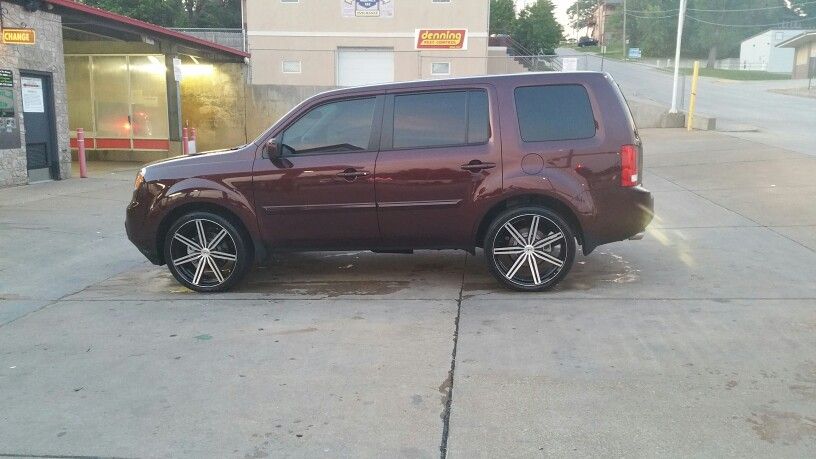
When using a tire, tread heights should not exceed its maximum capabilities listed on the tire’s sidewall. New tires will most likely need to be inflated at significantly different pressures. Our tire pressure calculator can help you determine the best inflation rate for a tire size change. As ambient temperatures rise, so do the tire pressures. The Honda Pilot’s tires can be inflated to the recommended pressure levels of 3 to 5 psi. If TPMS warning lights turn off and then off, it could be because ambient temperatures fluctuate. To reset the tire pressure light on the Honda Pilot, follow the instructions in the owner’s manual.
Tell me if I don't understand? :? After visiting the OD for MOT, I noticed that the tire pressure exceeds the recommended one (should be 2. 2, but 2.6 is done for MOT)
2, but 2.6 is done for MOT)
Peugeot 405, Mitsubishi Space Star, Mercedes E-Class, Mazda 6 , Subaru Outback, Infiniti FX 35, Honda Pilot Executive...
Must be 2.2 on the docks
Conclusion - OD are wrong and incompetent.
But maybe your gauge shows the wrong pressure?. The pressure sensor on my Range Rover caught fire. Checked the pump, everything is fine. I figured it was a sensor problem. I drove to the OD, they checked, it turned out that my device was lying by almost 0.5. Pumped up, the sensor went out. So check the pressure at some gas station or tire shop. nine0007
The pressure sensor on my Range Rover caught fire. Checked the pump, everything is fine. I figured it was a sensor problem. I drove to the OD, they checked, it turned out that my device was lying by almost 0.5. Pumped up, the sensor went out. So check the pressure at some gas station or tire shop. nine0007
With a trailer in front 2.2, rear 2.4, without a trailer everywhere 2.2
Household pressure gauges with household compressors often lie.
nine0002
TOto wrote:
With a trailer in front 2.
2, rear 2.4, without a trailer everywhere 2.2
Household pressure gauges with household compressors often lie.Click to expand...
I solved this problem for myself about 2 years ago - I bought a prof. SnapOn pressure gauge (in the form of a pen)
"The pen pressure gauges of the American company Snap-on do not look too serious, meanwhile, they have a reputation as a professional tool. The scale of such pressure gauges extends under the action of air current. A division value of 0.1 bar allows you to determine the pressure with a fairly high accuracy. In order for the pressure gauge to work longer, you need to handle them very carefully and do not pull out the measuring ruler with your hands. It is convenient to store pen pressure gauges in the "glove compartment" or even in the door pocket. $ 10, $ 15 "(C) I don’t remember whose ... ;o)
Good luck on the road!
*** In reality, everything is completely different than in reality . .. ***
.. ***
(C) Antoine de Saint-Exupery
After buying a car in the cabin traveled 1 km rear then noticed the pressure. The pressure set by the dealer turned out to be 2.7. Lowered to recommended scent 2.2. The car became softer. nine0007
I wonder how much the tire pressure differs in summer when it is "cold" and after a run?
Yes, by the way, who can say anything about filling a tire with nitrogen?
If you want, but it doesn't work out, then you want it badly.
I recently pumped up, although I always considered it a prank. But something strongly pressure jumps in our wheels. When replacing rubber, I pumped air 2.2, when it got a little warmer it jumped to almost 3. The rubber became stiffer and there was noise on the go. A friend advised nitrogen, now there are no problems at all, the pressure does not change at any temperature. The only negative is that you will have to go to places where there is nitrogen to pump up. nine0007
serafim14 wrote:
Recently pumped
Click to expand.
..
And how does it affect the softness of the stroke? Noticeable or not? nine0007
If you want, but it doesn't work out, then you want it badly.
Pride wrote:
how much does the tire pressure differ in the summer for "cold" and after the run? nine0007
Click to expand...
Relatively much. Under 1 atm...
What Russian does not like fast driving.
The200 wrote:
Relatively much. Under 1 atm...
Click to expand...
Bust, 30 degrees C difference gives about 0.25-0.30 atm.
It is correct to say: to the bridge A , about money A x, b A rmen, security E chenie, move A taystvo, alphabet And t, quarter nt, veroisp E denmark Use punctuation marks. nine0331

In general, it has become much softer, but I attribute this to the normalization of pressure in rubber, regardless of temperature. And what, nitrogen affects the softness of rubber? :? :)
nine0002
serafim14
Alexey, take a look at the PM.
THE ONE WHO OVERCOMES OTHERS IS STRONG, AND THE ONE WHO OVERCOMES HIMSELF IS POWERFUL.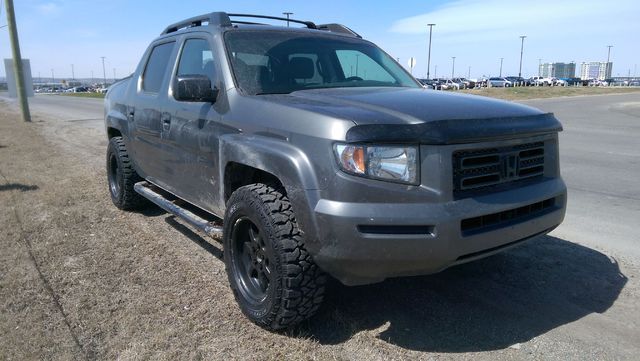 Lao Tzu
Lao Tzu
With teammates - on YOU
Palex
Disagree.
The sensors showed a significant difference. I don't remember the exact one, but definitely a big one. 0.2-0.3 are the little things in life. nine0007
What Russian does not like fast driving.
Generally speaking, the tire pressure on the car tag is indicated for a cold tire (at rest for at least 4 hours).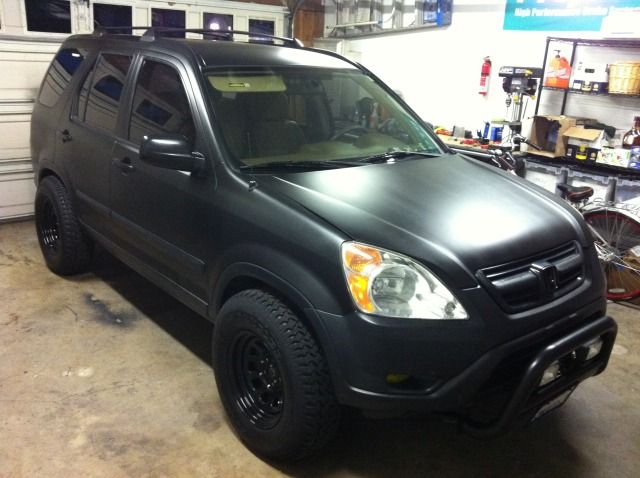 On hot pressure, by and large, we, non-athletes, should not be interested. nine0095 Vlad, look again at the sensors, I admit that I could have made a mistake (I retired from racing), but I seem to have written everything correctly. If you tell me exactly how much it changes, we'll think about why. The rule of 10 degrees - one dozen seems to be more or less general.
On hot pressure, by and large, we, non-athletes, should not be interested. nine0095 Vlad, look again at the sensors, I admit that I could have made a mistake (I retired from racing), but I seem to have written everything correctly. If you tell me exactly how much it changes, we'll think about why. The rule of 10 degrees - one dozen seems to be more or less general.
It is correct to say: to the bridge A , about money A x, b A rmen, security E chenie, move A taystvo, alphabet And t, quarter nt, veriosp E Denmark Use punctuation marks.
Alexey Eremin wrote:
Yes, by the way, who can say anything about inflating a tire with nitrogen?
Click to expand.
..
placebo.
Nitrogen content in the air - 78%
Nitrogen content in the gas mixture "Technical nitrogen" - 95%
kpa3-gt
And if, after a good evening, in the morning you go to pump up the tires and stand next to the air intake of the compressor, then the nitrogen content in the wheels can easily be increased to 95-97% - without additional material costs. :D :D :D Shovel.
I have a pressure of 2. 4 in all wheels when cold. In warm weather, as it was the last days, after driving about 20 km. pressure becomes 2.7 higher does not seem to rise. I have sensors installed.
4 in all wheels when cold. In warm weather, as it was the last days, after driving about 20 km. pressure becomes 2.7 higher does not seem to rise. I have sensors installed.
judging by my sensors, the pressure rises by 0.2 - 0.3 atm;
temperature difference: front can be 20 degrees more than rear...
BlackPilot . Igor, I didn’t understand a damn thing :shock: This is a joke:?
s.s. I've been confused lately, I don't always "catch up" :roll:
The system is designed to monitor the pressure in each wheel and inform the driver when the pressure is reduced.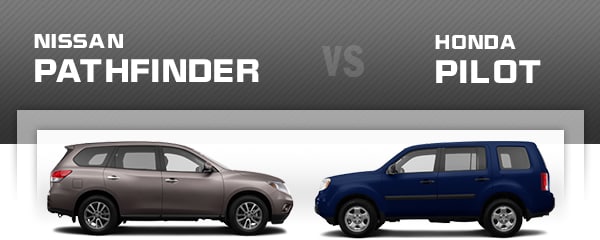
The system includes: - pressure sensors located in the wheels; - initiators transmitting control signals to sensors; - Control block; - indicators.
Information prepared by an employee of "Legion-Avtodata" comrade. A. Rodionov. nine0602
Honda Tire Pressure Monitoring System (TPMS)
Description
The system is designed to monitor the pressure in each wheel and inform the driver about the pressure reduction. The system includes:
- pressure sensors located in the wheels;
- initiators transmitting control signals to sensors;
- Control block; nine0095 - indicators
Location of tire pressure monitoring system (TPMS) components (Acura MDX, Honda Pilot). 1 - mounting block in the engine compartment, 2 - mounting block in the passenger compartment (passenger side), 3 - diagnostic connector (DLC), 4 - front left wheel initiator, 5 - rear right wheel initiator, 6, 8, 9, 12 - pressure sensor, 7 - rear left wheel initiator, 10 - mounting block in the passenger compartment (driver's side), 11 - TPMS system control unit, 13 - front right wheel initiator. nine0007
nine0007
Tire pressure monitoring system (TPMS) component location (Honda Ridgeline). 1 - mounting block in the engine compartment, 2 - additional mounting block, 3 - TPMS system control unit, 4 - front left wheel initiator, 5 - rear right wheel initiator, 6 - rear left wheel initiator, 7, 10 - pressure sensor, 8 - mounting block in the cabin, 9 - diagnostic connector (DLC), 11 - front right wheel initiator.
nine0095 Indicators
The tire pressure monitoring system has 6 indicators: 5 indicators are for displaying tire pressure and one indicator is for displaying the status of the TPMS system. The corresponding indicators light up in the following cases:
- the indicator of low pressure in the tire lights up when the pressure drops below the permissible value;
- the "TPMS" indicator lights up if a malfunction is detected in the tire pressure monitoring system. The indicator will also come on if the tire pressure is low and a system fault has been detected. nine0095 - the indicator of indication of a wheel lights up in case of decrease in pressure below admissible value in the tire and specifies a wheel in which the pressure is reduced.
nine0095 - the indicator of indication of a wheel lights up in case of decrease in pressure below admissible value in the tire and specifies a wheel in which the pressure is reduced.
Tire pressure monitor indicators (Acura MDX, Honda Pilot).
Tire pressure monitor indicators (Honda Ridgeline).
Pressure sensors
Pressure sensors are installed on each wheel inside the tire on the valve. The sensor is equipped with a transmitter that transmits pressure signals to the control unit. nine0095 When the pressure drops below 176 kPa, the corresponding indicators light up on the instrument cluster. When the pressure rises to 198 kPa, the pressure is considered normal and the indicators go out.
Wheels
For models with TPMS, rims marked (A) "TPMS" must be used. These discs have a balancing "weight" (B) located opposite the pressure sensor (C) to eliminate wheel imbalance. nine0007
nine0007
Data transfer within the system
When the vehicle is moving, signals from pressure sensors are regularly transmitted to the TPMS control unit.
When the ignition is turned on, the initiators send low-frequency signals to the pressure sensors. On a signal, the pressure sensors switch from the "sleep" mode to the operating mode. After turning off the ignition, the sensors return to "sleep" mode, which allows you to extend the life of the batteries. nine0095
Each pressure sensor has its own identification code. This is necessary to prevent receiving signals from similar systems installed on other vehicles. After initialization (prescribing an identification code in the control unit) of the sensor, the control unit receives signals only from sensors with the corresponding codes. Sensors can be initialized manually or automatically.
Each initiator is connected to the control unit via wiring. Each time the ignition is turned on, the sensor identification codes are checked during their activation.